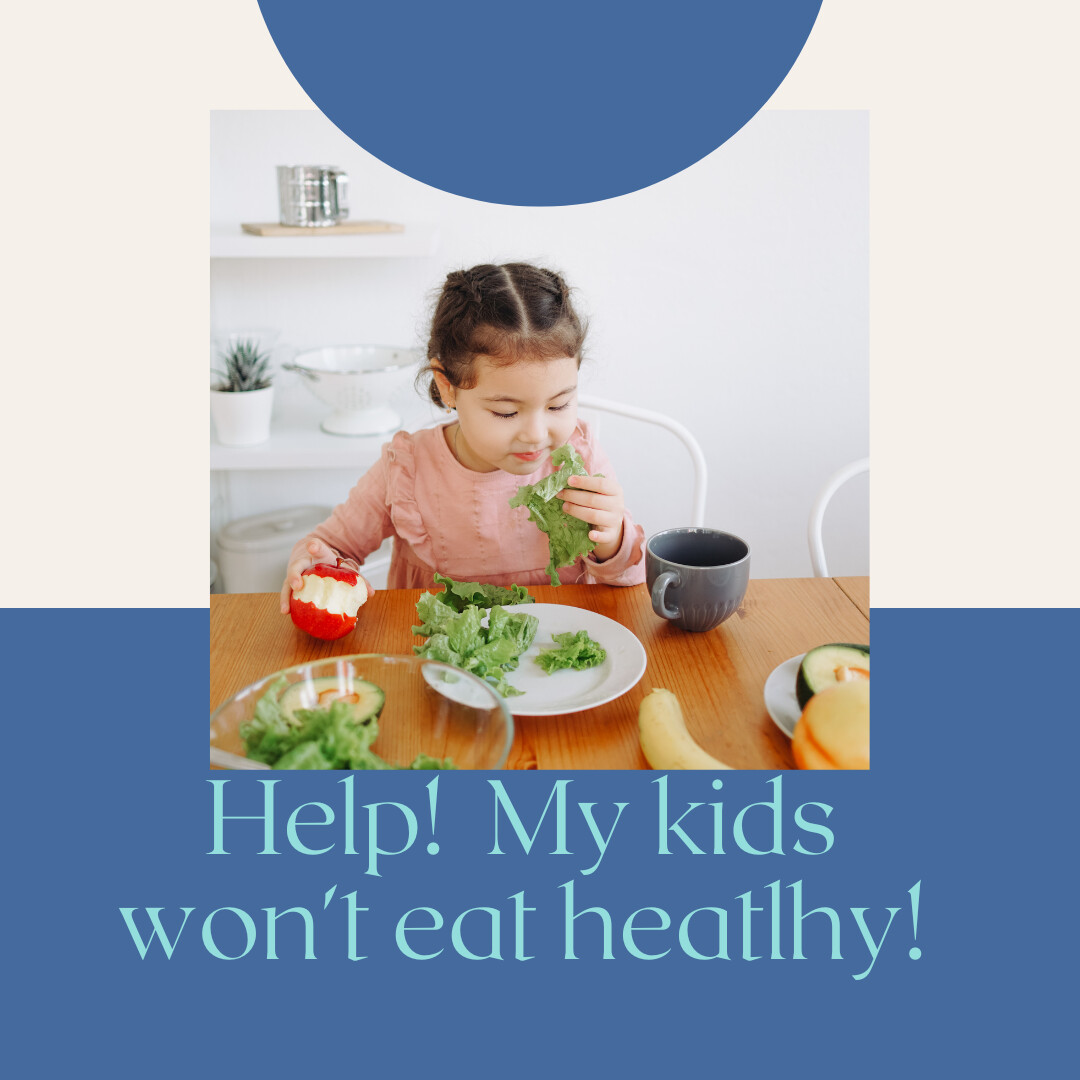
This topic was inspired from the Om in the Home community. Shayla is an Omie ambassador, and she asked the question:
“What can I do to get my 10 year-old to eat a little bit healthier, to eat a balanced diet? Is it too late for a 10 year-old?”
Let's start off with this, it's never too late to eat healthy. Take a deep breath and repeat, it’s not too late.
Even better, you can make it fun by learning about and trying new foods as a family!
The Messages We Send
First, let's think about ourselves for a moment. What are the things you would not eat as a child?
It’s not uncommon for children to have aversions to foods with strong flavors or textures. For me, it was tomatoes and bananas. I preferred buttered noodles over tomato sauce. Cooked vegetables and spinach and peas from the can were also a big no.
Next, think about how you react to those foods today? It can be a process as an adult, to now enjoy things that you didn't enjoy as a child.
Our kids will often look to us for what our patterns are. What we enjoy, how we enjoy it, and what we say about food. When we can be mindful about the way we react to foods we eat it’s easier to send a positive message.
It’s not about labeling certain foods good or bad. Sometimes we want unhealthy snacks or sugary foods like those potato chips and ice cream. And when you are focusing on a balanced diet, we can enjoy them!
The catch is that if you're not enjoying them and you're having a lot of guilt and shame about certain foods, that’s something you need to work on first within yourself. Those reactions are a reflection on the messages YOU received about food. You don't want to pass that guilt and shame on to your child.
What can you observe about the messages you are sending to your children about food?
Learning WITH Your Kids
The next step of developing healthy eating habits with your children is to do it alongside them. We're not doing it for them. It's not to them. It's with them!
I did a video a couple of weeks ago [insert YouTube link] about thinking of your children as a process or a product. Are you thinking of your child as a product? Like, “I want to get them to the future, to be healthy. I don't want them to have diabetes or heart disease.”
Instead of viewing your child as a product of the future let’s back it up. Childhood is a process happening in current time. So, let's talk about a few processes you can try together.
- Have a Family Meeting
Talk about the foods you enjoy and the foods that are healthy. Bring in some literature about a rainbow diet. Share about how it’s good to eat a variety of fruits and vegetables. Talk about what the foods have in them that are good and nourishing for the body.
Nourishing is a great vocabulary word! What foods give us energy that lasts? What are the foods that give us strong minds, strong eyes, and strong bones? Talk about that kind of stuff as a family.
- Make a Plan
Engage your children in the process of creating a list of new foods to try.
You could start by saying, “Hey, I really want to try some new foods in our family. Will you help me make a list of new things we can try?”
Try to make it a variety of foods. This is a great time to talk about which foods are healthy and how they help our bodies!
- Include Kids in the Process
Remember, when you work with your children, they have so much more buy in to try these new foods.
Try Growing Your Own Food
Pick one or two foods from the list you brainstormed together and experiment with growing them. Your child can watch the process from seed to fruit or vegetable. My family planted carrots this year and it was so exciting to see them becoming ready to eat!
And you know what? Even if they don't like the food, they've gone through the process of growing something and trying something. They will feel proud and accomplished. They’ve developed skills like trust in themselves and grown their capabilities.
Try Different Recipes
A few weeks ago we bought a giant box of peaches from a local market. We looked up all the different kinds of things we could make with peaches and gave a few things a try. We made peach jam and peach cobbler, and we froze peaches to make peach smoothies.
You can try this too! Go to a farmers’ market and look around together to decide which thing you're going to try. Get a bunch of it! I know you may be thinking, “I don't want to waste all this. I don’t want to end up throwing it all away.” But remember, right now we’re focusing on the process.
Next, look up different recipes that use this food. What are the different ways you can make and taste test that food? You can also plan to make dishes that you could gift to people, in case for some reason none of you wants to eat it or you simply have too much.
Finally, the best part, taste the food in all the different forms! Be prepared, your kids might not eat it all the first time. They might just take a nibble, but that can still be exciting. They feel that accomplishment, the pride, and even the bravery and courage of trying something new.
At the end of the day, when the child is involved with the process, they can try different things and discover that food can be fun and nourishing. Even if they don’t like something on the first try it doesn't mean they're not going to like the new food for the rest of their life. You can always reintroduce it in a different recipe at a different time.
Food is excitement! It is joy. It is togetherness. Use these tips to keep that vibe and energy going! You got this mama!
Let me know some other ways that you have supported your kids in trying new foods and eating healthy—without the shame, the guilt, the rewards, or the punishment. Add them to the comments below!
If you want more support and community with other moms jump into my members only program, Om in the Home Revolution here.
We have some exciting guests coming in this fall to talk to us about different self-care topics, bodywork, and issues around starting a business.
Through joining the program, you can be part of supporting other women in their motherhood, prevent burnout, and promote your own self-care.
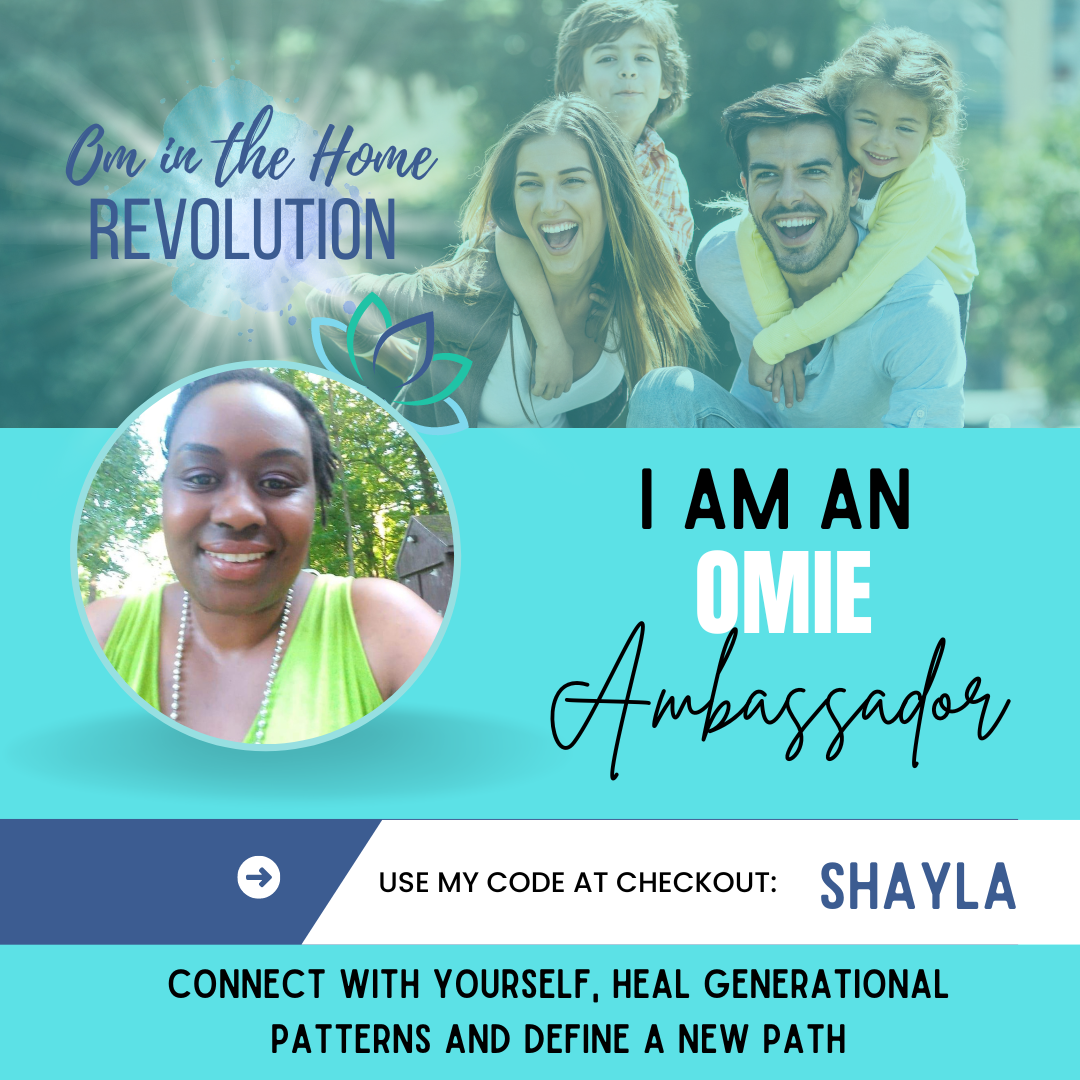
Grab the Free PDF 15 Ways to Build Self compassion here



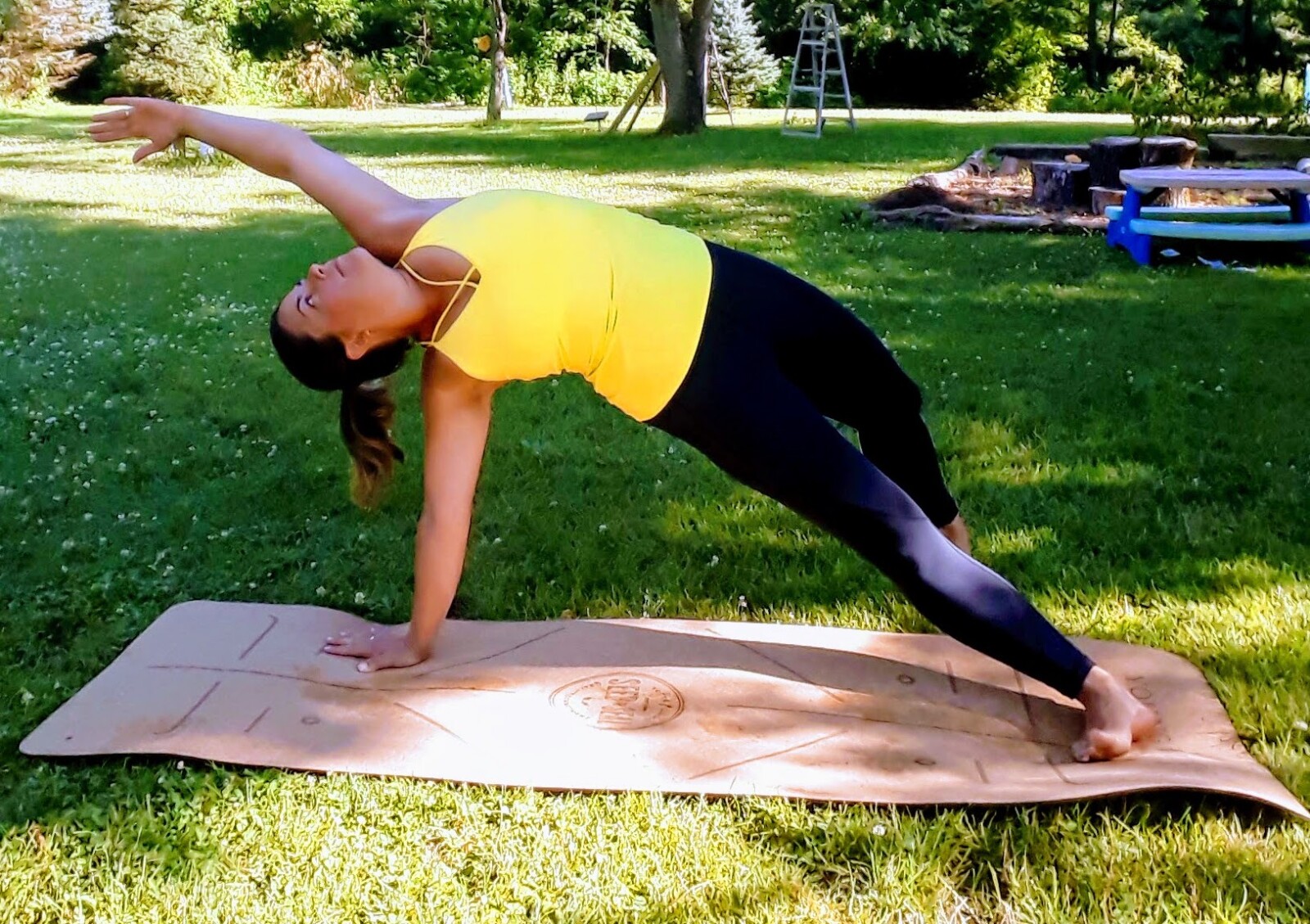


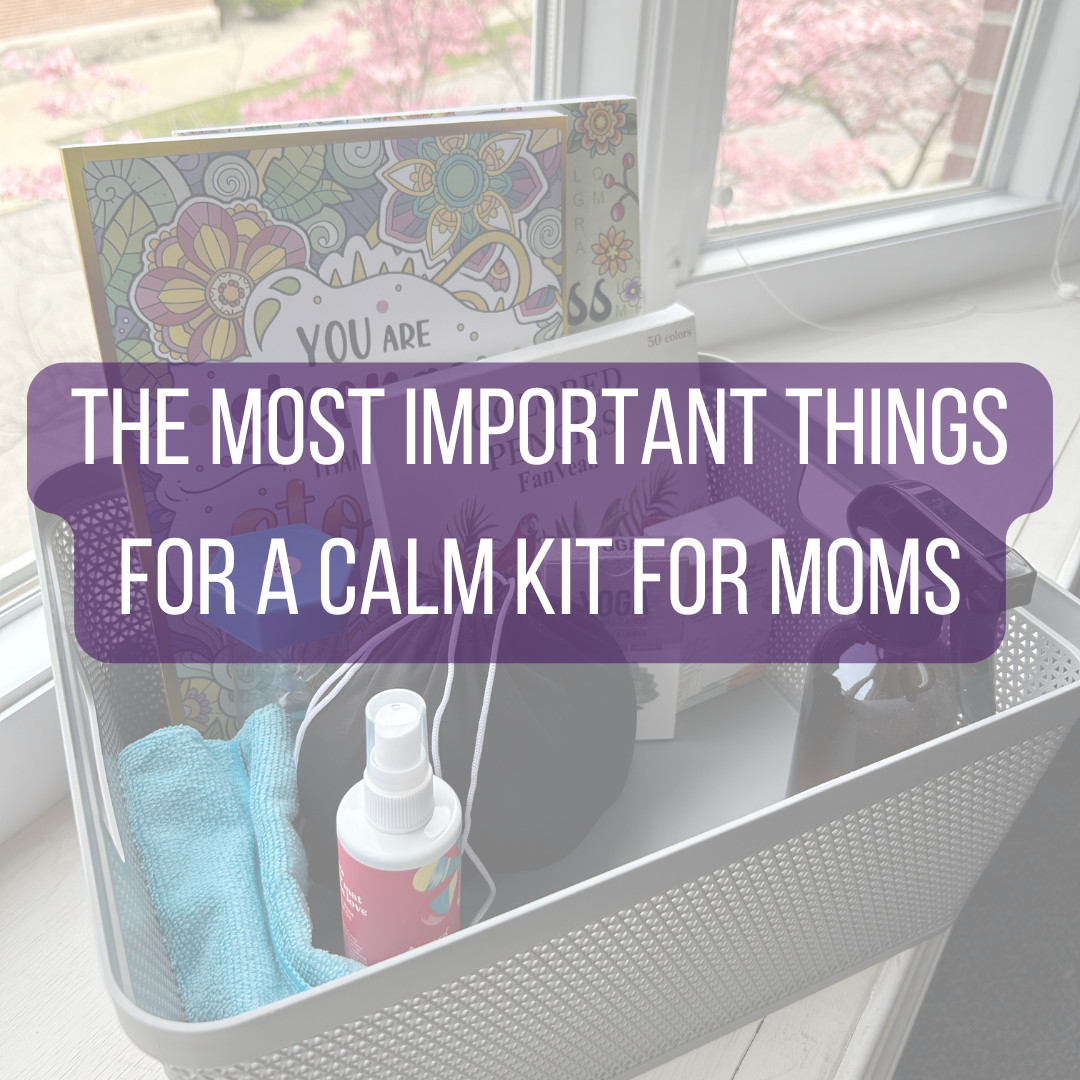



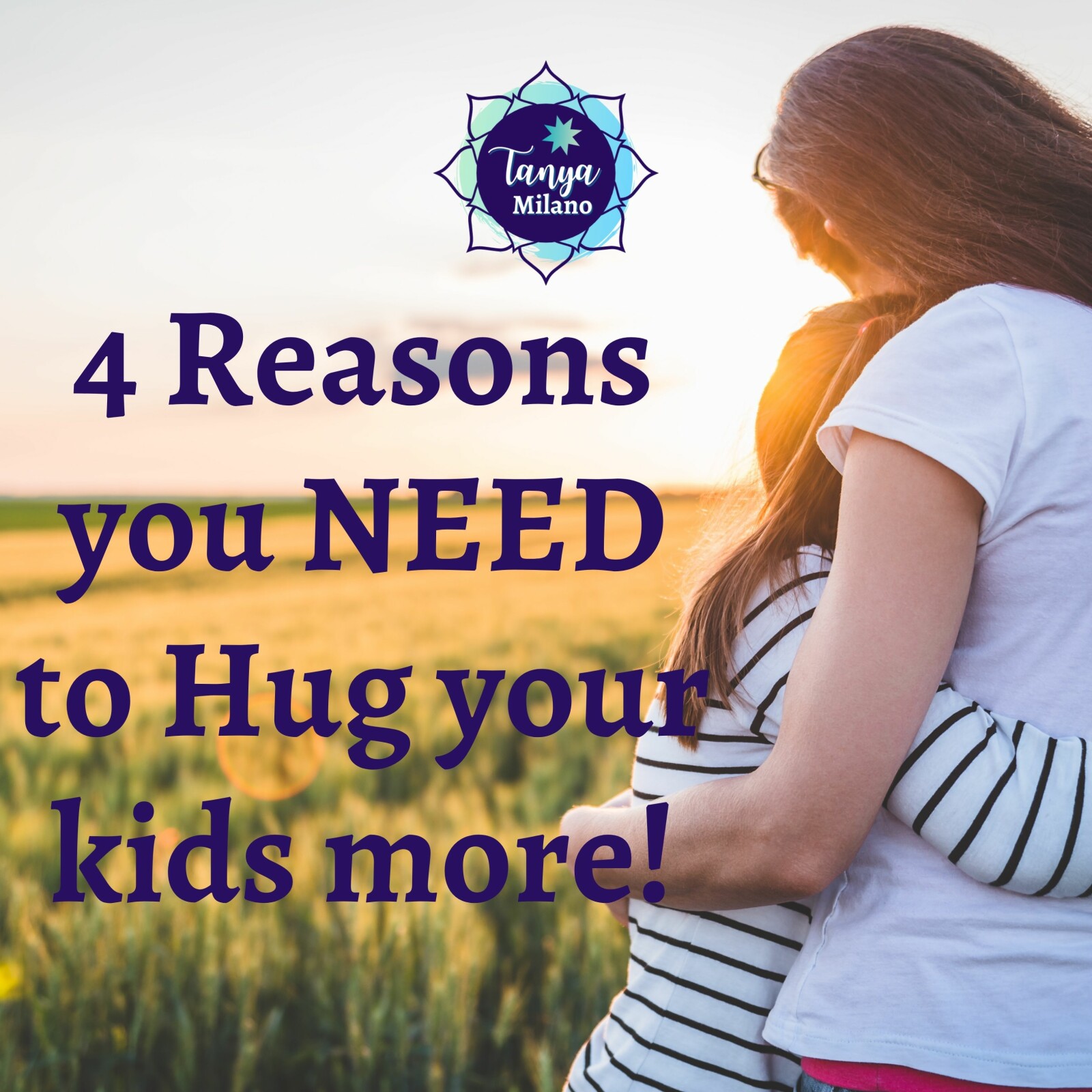


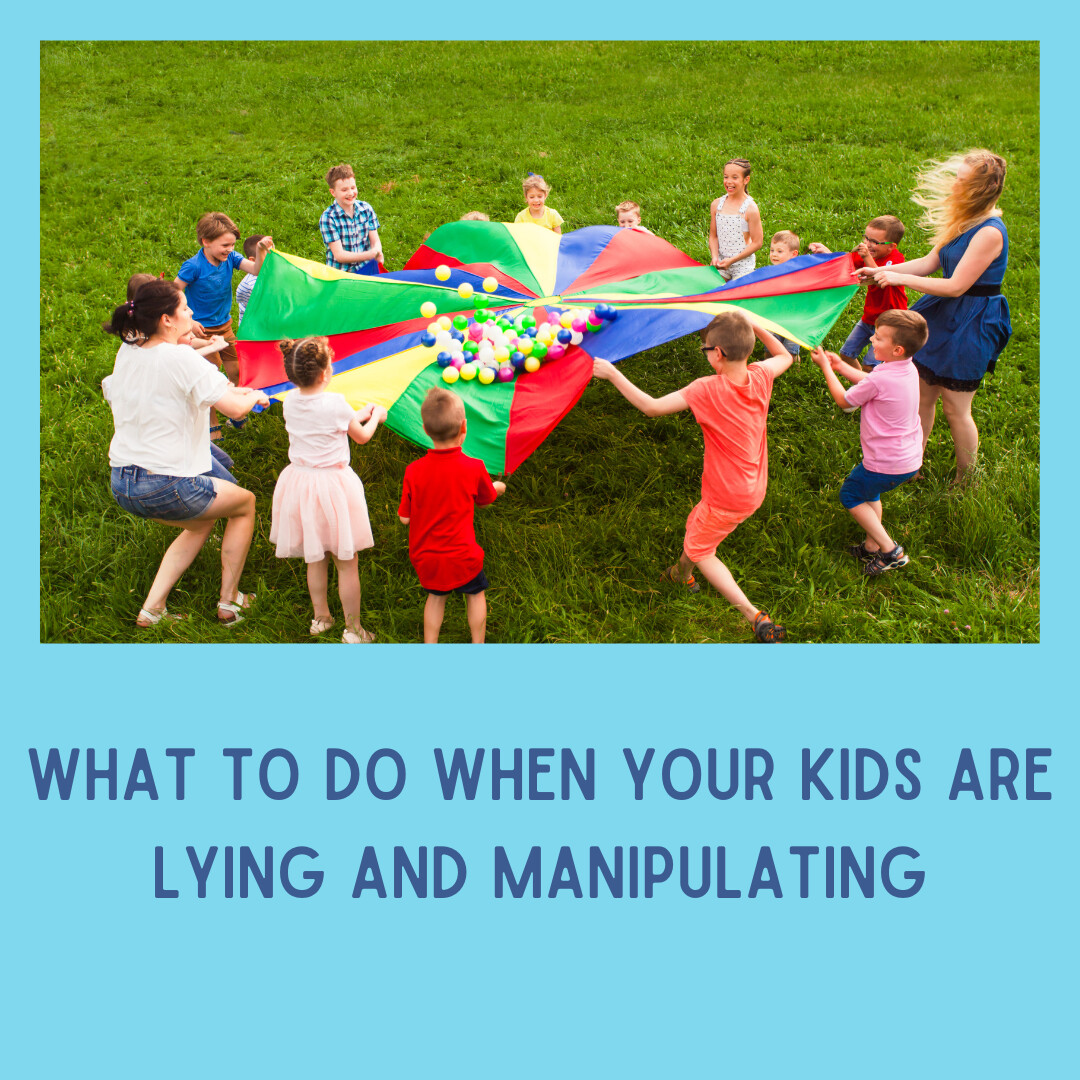






0 Comments